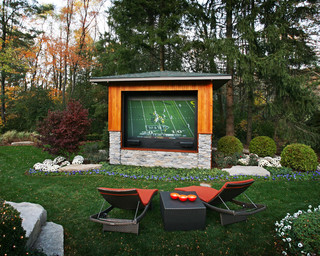An event like this needs to be announced like a monster truck rally or a chainsaw juggling contest.
 |
| image from www.drafthouse.com |
This Sunday, April 21, lucky filmgoers in four different cities will be able to take part in BAYMAGGEDON. This event honors Michael Bay, everyone’s favorite action movie director and explosion-meister. Baymaggedon will take place this Sunday at all four locations of the Alamo Drafthouse Cinema: Austin TX, Denver CO, Kansas City KS, and Houston TX. Guests will be able to enjoy 3 mystery Michael Bay films while munching on a special menu of entrees based on the main characters of Bay’s upcoming film, Pain & Gain.
Whether you love him or hate him, there is no denying that Michael Bay has redefined the action genre with more explosions and less regard for the laws of physics. Alan Cerny aka Nordling of Ain’t It Cool News put it best in his article about Baymaggedon:
“There are a lot of socially-aware filmmakers out there, like Michael Moore, who make movies to expose various injustices in the world. I know Michael Bay hates poverty. He hates it with every fiber of his being. Do you know how I know that? Because in BAD BOYS 2 he destroys a shantytown in Cuba with a Hummer. Just devastates it. THAT is passionate, advocate filmmaking. He literally runs poverty over.”
 |
| image from istockphoto.com |
Michael Bay films are like chocolate covered popcorn, a guilty pleasure for many people. Plus, there is no better way to test your home theater surround sound system than with a screening of Armageddon or Transformers: Dark of the Moon. So if you are looking for something manly to do this weekend, nothing could be better than watching an explosion-fest while munching on an order of “Paul Doyle’s Carbo Load” or “The Lean and Mean”. Tickets are still available, so get yours now!


























